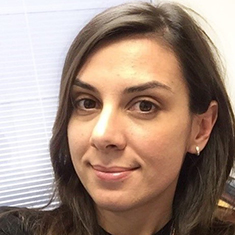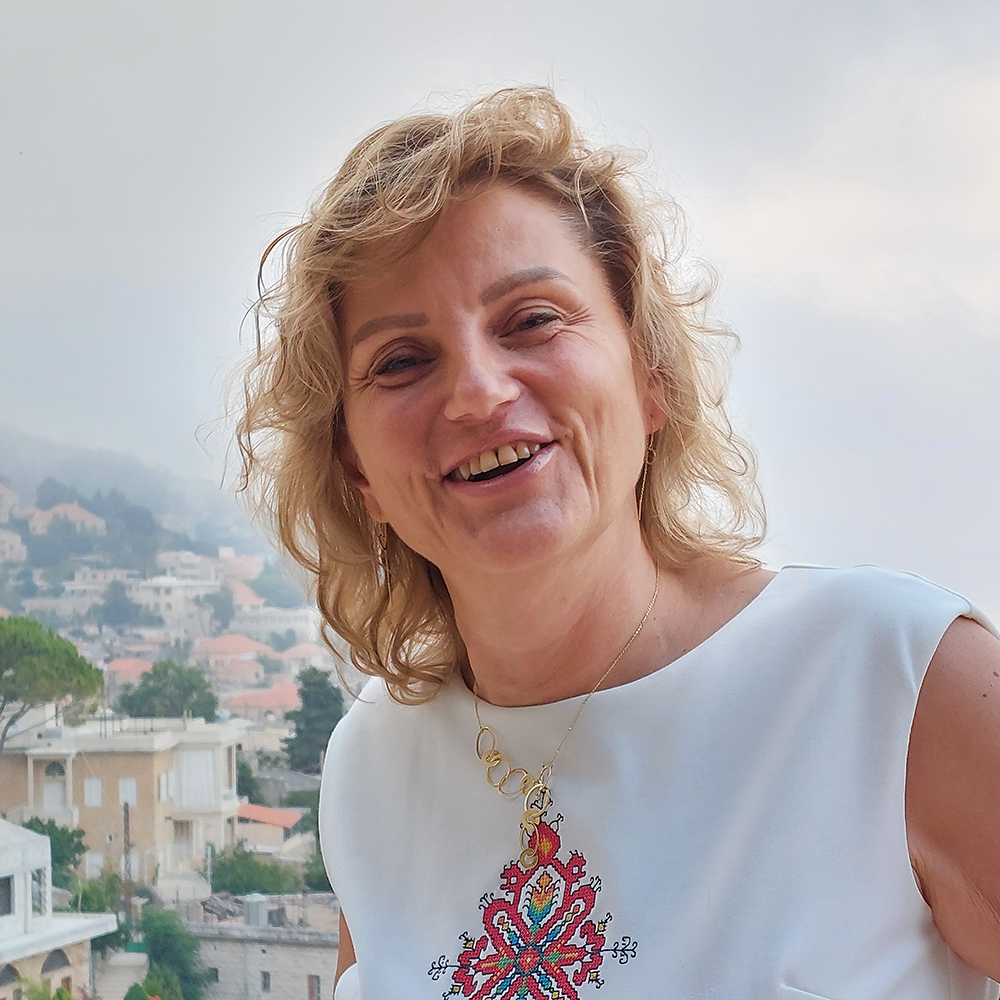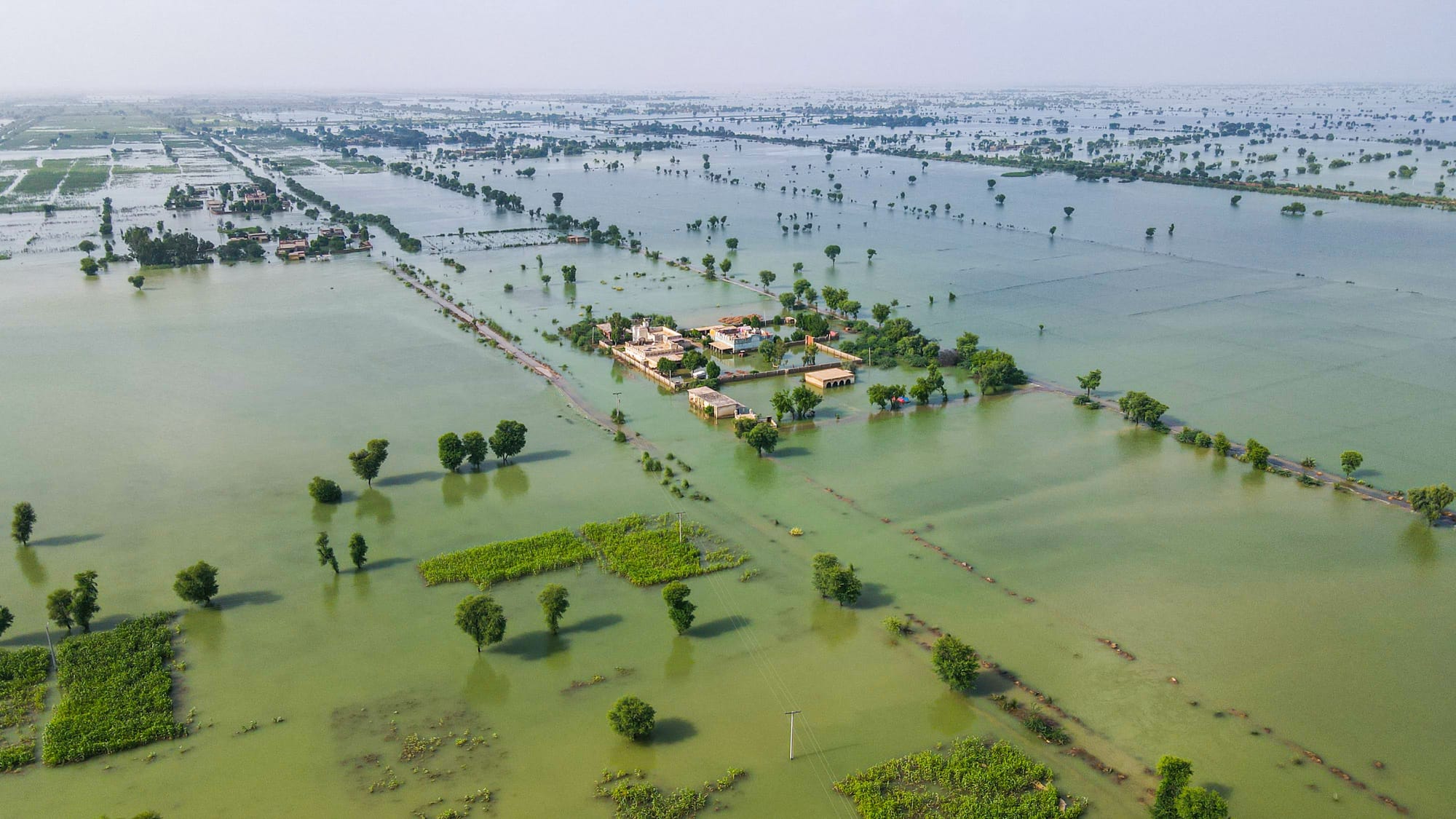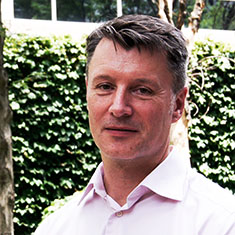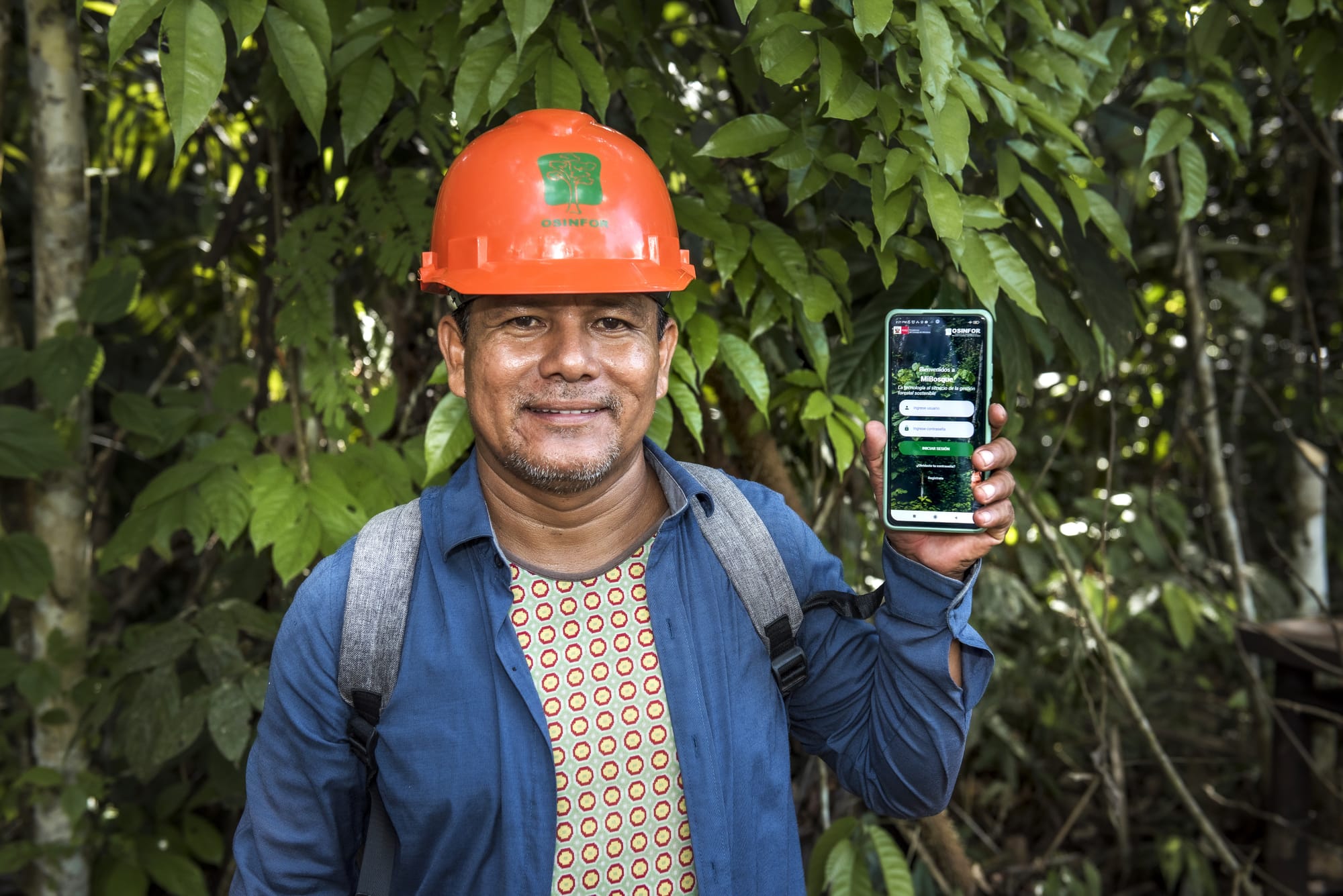Nadya Boneva is an engineer and environmental monitoring expert with 25 years of experience designing and implementing projects for donors, international organizations, governments, and the nongovernmental sector.
After studying heat and mass exchange engineering at the Technical University of Sofia, Nadya earned a master’s in environmental monitoring, control, and health from the Chemical and Metallurgical University of Sofia, followed by research on air pollution monitoring in Belgium. Later, as Head of Sustainable Development at Bulgaria’s Executive Environment Agency and then Executive Director of the nonprofit Time Eco Projects Foundation, she honed her expertise in environmental policy, project management, and sustainable development.
Nadya then moved into managing donor-funded projects for the European Union (EU), U.K. Foreign, Commonwealth & Development Office, United Nations Development Programme, and the governments of Bulgaria and the Netherlands. As Practice Leader, she directs energy sector, environment, and climate change projects in DAI’s EU portfolio, including Support the Secretariat of the Global Covenant of Mayors for Climate and Energy (GCoM) and Acting for Climate in South Mediterranean (Clima-Med).
We spoke with Nadya about her work to advance sustainable energy solutions, particularly by facilitating donor collaboration and helping cities champion climate change adaptation.
What gives you hope for donor efforts to advance clean, sustainable energy solutions?
Energy transitions to achieve climate change goals can only be realized through collaboration. Initiatives such as GCOM, which the EU co-funds with Bloomberg Philanthropies, demonstrate the power of donor alliances in driving large-scale climate action centered on capacity building, innovation, and sustainability.
Significant funding from various sources is needed to propel clean and sustainable energy solutions and to help transitioning economies achieve net zero. Part of the transition has been and will be financed by the private sector—especially in sectors where the return on investment is attractive compared to other alternatives. However, different types of investments, such as in climate adaptation, require the active participation of international donors, often via blended finance in coordination with international financial institutions.
To function optimally, donors must collaborate and coordinate their efforts on all levels—nationally, regionally, and globally—including through alliances and information exchanges. The GCoM is an excellent example of collaboration on a global scale. For instance, GCoM’s Technical Working Group on Climate Finance brings together actors across continents, including the United Nations, EU, private capital providers, intermediaries, and data providers. Although the ecosystem is complex and collaboration can always improve, the GCoM platform is an excellent starting point.
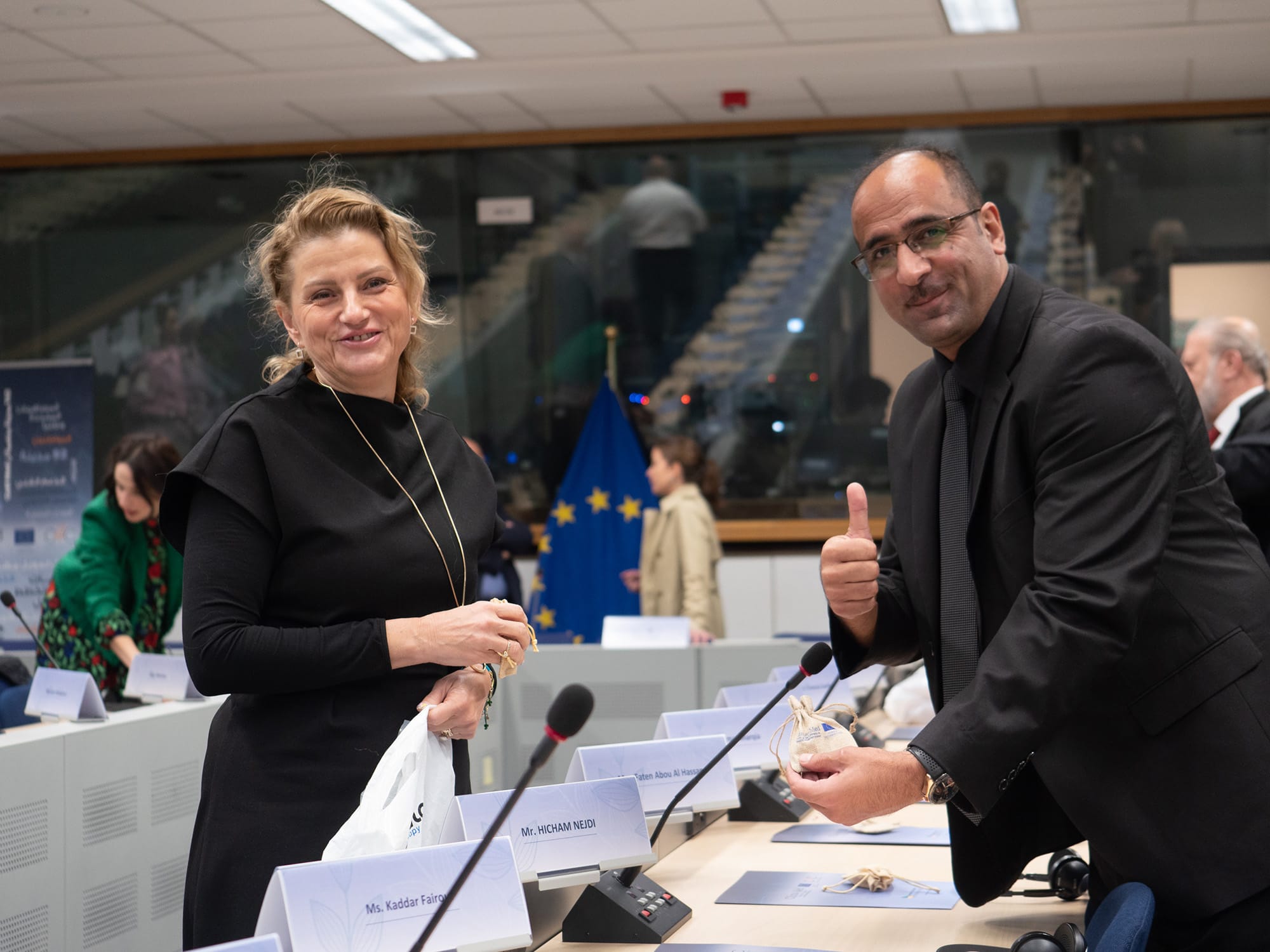
What are the advantages of working with cities to transition to clean energy solutions?
Cities are often on the frontlines of climate change effects. Their deep understanding of local organizational ecosystems and their dynamism compared to many national governments make them critical actors in transitioning to affordable, reliable, and sustainable clean energy solutions, as part of the effort to tackle climate change.
However, while cities have lofty ambitions, many of them need assistance to activate innovative solutions or attract sufficient investment to execute their plans. DAI supports cities and municipalities through “City Coordinators” who deliver tailored technical assistance, helping implement effective renewable energy and climate action plans. Under the ClimaMed project, for instance, we have supported 96 cities, and through GCoM we are assisting 25 cities to meet their climate commitments.
GCoM provides direct support to government officials. Why is it important to engage locally on a global issue?
By 2050, more than 70 percent of the world’s population will live in cities. If we can help local governments develop the skills they need to be effective now, we have good reason to be optimistic for the future of those urban residents. Currently, almost 1.2 billion people—or one person in every eight on the planet—live in a city committed to GCoM.
Empowering local leaders with the knowledge and tools to address specific local challenges makes climate action more relevant and effective. By focusing on local levels, we ensure that policies and initiatives are more likely to align with each community's needs and capacities, which leads to greater buy-in and long-term sustainability.
Some 12,600 cities from 143 countries across 6 continents—representing more than 1 billion people—have committed to pursuing a resilient and low-emission future in line with EU standards. How are these cities aligning with regional, national, and global clean energy and climate covenants?
Within the framework of a resilient and low-emissions future, we have the Paris Agreement target: maintain a temperature increase below 1.5 degrees by 2030. To achieve this target, national authorities worldwide made voluntary commitments through Nationally Determined Contributions (NDCs), whereby each country committed to reducing a certain percentage of its emissions compared to baseline data or business-as-usual projections in 2030. On a practical level, however, it is difficult for a country to implement and achieve its NDC without downscaling those targets to the sub-national/city level.
This is where GCoM comes in. DAI assists in building relevant local authorities' capacity to introduce science-based emissions calculations following internationally standardized methodology, which is then used to prepare climate actions based on emissions and climate projections. The aggregated actions formulated at the city level contribute to achieving NDC targets and, ultimately, meeting the Paris Agreement's global target.
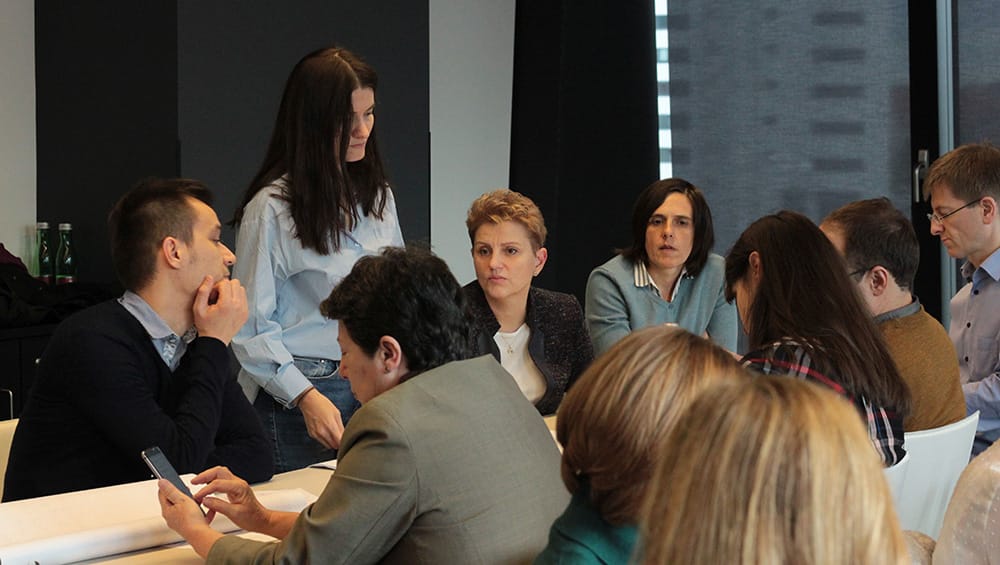
How can cities attract private investment for clean energy solutions and climate resilience?
In urban settings, the sustainability transition (including climate resilience actions) requires the active participation of the private sector, which means that cities must foster a culture of collaboration. This cooperation can take many forms--perhaps contracts or local “green deals” between cities, businesses, and other stakeholders, through which businesses commit to making investments for an urban sustainability or climate resilience issue that goes beyond their legal obligations. Public-private partnerships can also be implemented through special purpose vehicles, whereby a new company is established to implement a specific investment project.
To facilitate such collaboration, national governments must establish a supportive legal framework and create incentives for national development banks, commercial banks, and international financial institutions to channel funds toward urban climate-resilience projects. Cities can attract private investment by ensuring their projects are bankable and financially viable. As an implementer with deep experience structuring and mobilizing financial instruments, DAI focuses on rigorous risk assessments, financial analyses, and scenario planning to make local projects more attractive to investors. This assistance includes evaluating cash flows, costs, and payback profiles to align projects with investor expectations. Equipped with this analysis, cities can develop projects that become self-sustaining or generate a return on investment, which is a prerequisite for private sector partners.
DAI’s approach to facilitating green investment includes educating city officials on financing options, such as debt and equity financing. Debt financing through municipal bonds allows cities to maintain control while meeting repayment obligations. In contrast, equity financing involves sharing ownership and risks with investors, often an element of public-private partnerships.
Cities, typically, must balance numerous competing interests. But by taking an active and expansive approach to stakeholder engagement—and listening, most importantly, to underrepresented voices—they can build consensus around investments that will benefit all their constituencies. By orchestrating diverse financing strategies, they can mobilize the resources they need to achieve major changes—from cleaner air and safer environments on a local level to limited temperature increases on a global scale.
